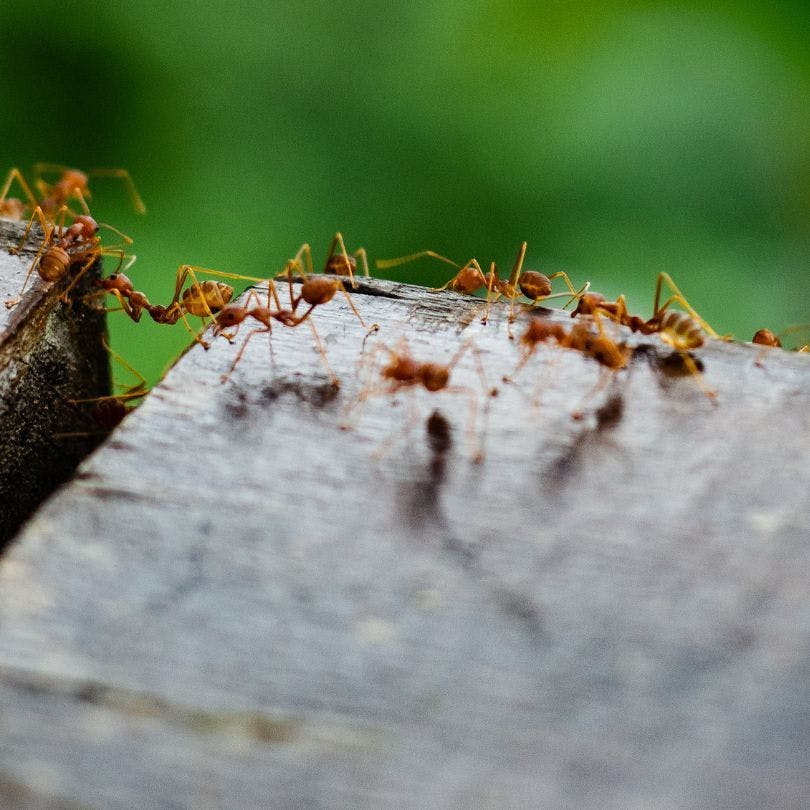We often think of pest control as a war against the creepy crawlies that scurry and fly. But the invisible enemies lurking in our homes pose a different kind of threat, one often overlooked yet potentially hazardous. This article sheds light on the lesser-known pests that can infiltrate our sanctuaries, revealing their hidden dangers and empowering you to recognize and combat them.
Mold: The Fungus Among Us
This insidious menace thrives in damp conditions, releasing microscopic spores that can trigger allergies, respiratory problems, and even chronic health issues. From hidden patches behind wallpaper to lurking colonies in attics, mold demands immediate attention. Early detection is key, so be vigilant for musty odors, discoloration on walls and ceilings, and unexplained health issues. Invest in moisture control measures and, if necessary, seek professional mold remediation services.
Dust Mites: Microscopic Menace
These tiny creatures, too small to see with the naked eye, feast on dead skin cells and thrive in warm, humid environments. Their presence can trigger allergies, eczema, and asthma, making life miserable for allergy sufferers. Regular vacuuming, washing bedding and linens in hot water, and maintaining low humidity levels are crucial for keeping dust mites in check. Consider investing in allergy-proof bedding and air purifiers for an extra layer of defense.
Radon: The Stealthy Gas Infiltrator
This colorless, odorless gas naturally occurs in soil and rocks and can seep into homes through cracks and foundations. Radon exposure is the leading cause of lung cancer among non-smokers, making it a silent and deadly threat. Testing your home for radon is imperative, as early detection allows for mitigation measures like ventilation systems or sealing cracks. Don't underestimate the power of a simple test to safeguard your family's health.
Hidden Allergens: From Pets to Plants
Our furry friends and even some houseplants can be unintentional contributors to indoor air pollution. Pet dander and pollen from certain plants can trigger allergies and respiratory issues. Regular cleaning, air filtration, and keeping pets out of bedrooms minimize these allergens. Be mindful of potential triggers, and consult an allergist if symptoms persist.
Remember, a pest-free home doesn't just mean the absence of visible critters. By recognizing the hidden threats of mold, dust mites, radon, and even certain allergens, you can create a truly healthy and safe haven for yourself and your loved ones. Invest in preventative measures, seek professional help when necessary, and prioritize indoor air quality to breathe easy and live well.
